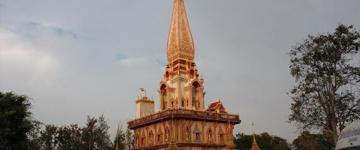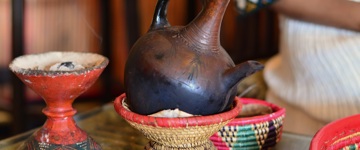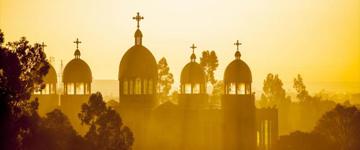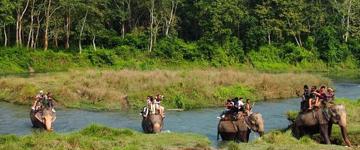Christmas & New Year Celebrations Around the World
The end of each year is a time filled with excitement and tradition. Great food, fun parties, and quality time with close family and friends are the norm. Beyond these similarities, Christmas and New Years traditions vary greatly around the world. These massive holidays aren’t even celebrated on the same days in many parts of the world. Learning about a country’s holiday traditions is one of the best ways to begin to get to know its local culture.
Christmas in Ethiopia
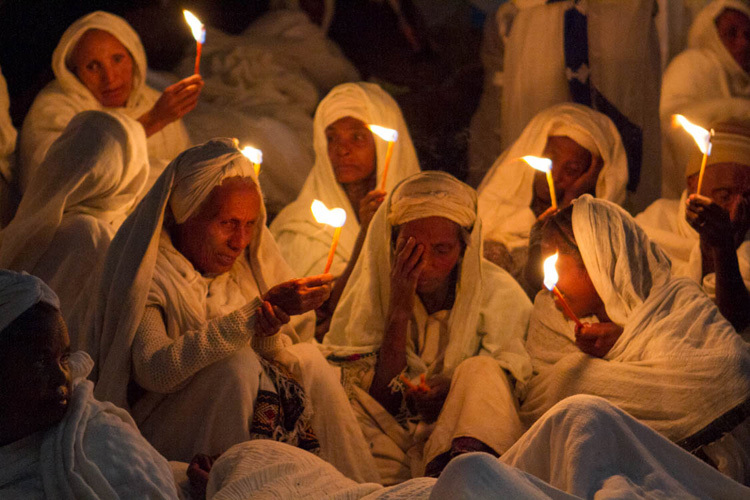
Unlike in many other parts of the world, Christmas in Ethiopia (known as Ganna) is celebrated on January 7th, rather than December 25th. This is because Ethiopia uses a different calendar. While much of the world goes by the Gregorian Calendar, Ethiopia uses the ancient Julian calendar. For the 43 days leading up to Ganna, many people participate in an Advent fast known as the “Fast of the Prophets.” During this time, only one vegan meal is eaten per day. When the big day rolls around, most people dress predominantly in white. The long fast is broken with traditional Christmas foods such as wat, a thick and spicy stew that contains meat, vegetables and egg and injera, an Ethiopian flatbread. Gift-giving isn’t a big part of Christmas in Ethiopia the way that it is in much of the rest of the world. Instead, Ganna focuses more on going to church, eating delicious food, and playing lots of games.
Experience the uniqueness of Ethiopia.
Chinese New Year
Like Christmas in Ethiopia, the Chinese New Year does not take place on December 31st as it does in much of the western world. This is because the new year is celebrated based on the traditional Chinese calendar. Chinese New Year does not have a set date by the Gregorian calendar and takes place any time between January 21st and February 20th. It is believed that firecrackers scare off monsters and bad luck. On Chinese New Year Eve, people stay up until midnight and light tons of firecrackers to ward off bad luck and to welcome in the new year. There is no bigger fireworks display in the world at any other time of year than that of Chinese New Year. This massive New Years celebration lasts for 15 days. The first 5 days are solely dedicated to spending time with family, so most stores and restaurants close for the event.

Chinese New Year celebrations are not limited to China, you can find them all over the world. Vietnam, South Korea, and Malaysia also have major Chinese New Year celebrations. In Vietnam, the Lunar New Year is known as Tết, and it is the most important holiday in Vietnamese culture. Like Chinese New Year, Tết is all about family time. Children receive red envelopes containing money from their elders. According to Vietnamese tradition, the first person to visit a house determines the family’s fortune for the year. For this reason, people never enter a house on New Years without first being invited in. Usually, a person who has been blessed with great success or a good temper and morality are the first to be invited in, as they signify a coming year that is full of blessings. Tết is not quite as long as Chinese New Year but can last for up to a week.
Discover Malaysia and Vietnam with local guides.
Thai New Year
Thai New Year is truly one of the world’s most fun celebrations. Known as Songkran, the Thai New Year takes place in the spring from April 13th-April 15th and is all about cleaning, purifying and having a fresh start. This festival is a countrywide water extravaganza. Traditionally, families pour water on statues of Buddha in order to wash away bad luck from the previous year. This practice has grown into what is now probably the biggest water fight in the world. During Songkran, locals and tourists alike take to the street with water guns, buckets of water, hoses, whatever they can get their hands on. If you’re outside, you’re fair game, so leave your expensive electronics at home. The water fights are all in good fun, and it’s a great way to stay cool during the hottest time of the year in Thailand.
Wander through the temples of Thailand.
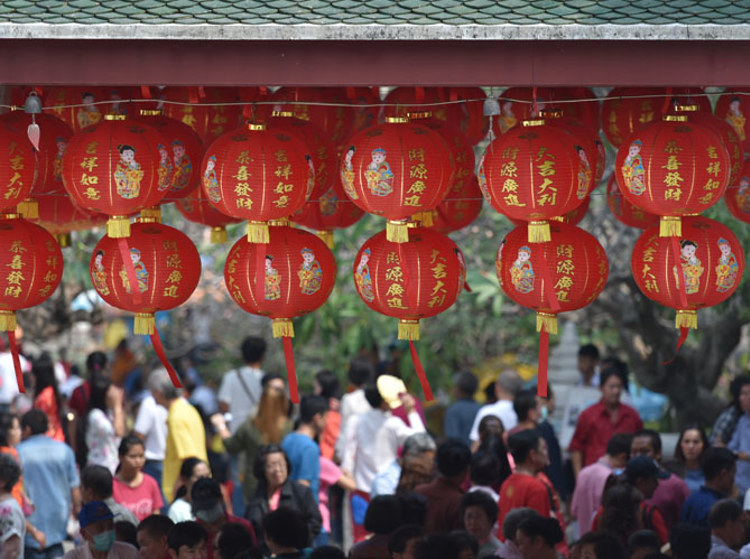
Losar: New Years in Bhutan
Losar is celebrated each year between February and March. Food is an important part of Bhutanese new year traditions. Most Losar celebrations begin with a morning meal, timed to be eaten with the rising of the sun. Green bananas and sugar cane are considered to be lucky foods that help ensure the year to come will be a good one. Family time and games are also an important part of the holiday. Many families hold archery competitions (archery is the national sport of Bhutan,) but darts and other games are common as well. Losar is an especially joyous time in Bhutan, complete with lots of singing and dancing all over the country.
Explore ancient monasteries in Bhutan.
New Years in Nepal
Nepal Sambat, the Nepali New Year, is celebrated in mid-April. The excitement in the air during the holiday is thick. People dance in the streets, the country is full of parades, and people are reunited with their loved ones. The early morning is dedicated to prayers and worshipping in a temple, followed by a ritual where people walk counterclockwise around the temple while ringing bells. Many children participate in pageants and talent shows. The highlight of the day is Mha Puja, a ritual that is meant to empower and purify the soul for the upcoming year. For the ceremony, family members sit cross-legged on the floor in front of mandalas and make offerings to the mandala. Offerings usually consist of things like rice wine, smoked fish, and boiled eggs. During Nepal Sambat, the streets are lavishly decorated and are full of pageants and rallies.
Trek the peaks of Nepal.
No matter where in the world you are, you’ll find you’re never far from rich, fun holiday traditions. Every country has its own unique way of celebrating Christmas and welcoming in the New Year. Why not try to experience as many of them as you can? The traditions that are stuck to important holidays in a country can teach you a lot about that country’s culture. Get to know your next travel destination by seeking out information on their own distinct celebrations and traditions, and if possible, try to go and celebrate it with them yourself!
Dara is avid scuba diver, book worm, and vegetarian foodie with a deep passion for conservation. Her favorite countries so far are Greece, Bosnia and South Africa. She loves writing about anything that encourages people to get outdoors, try something new, and live more sustainably.


